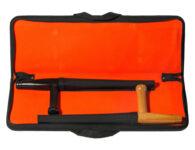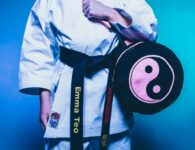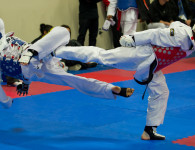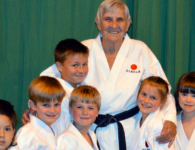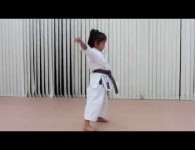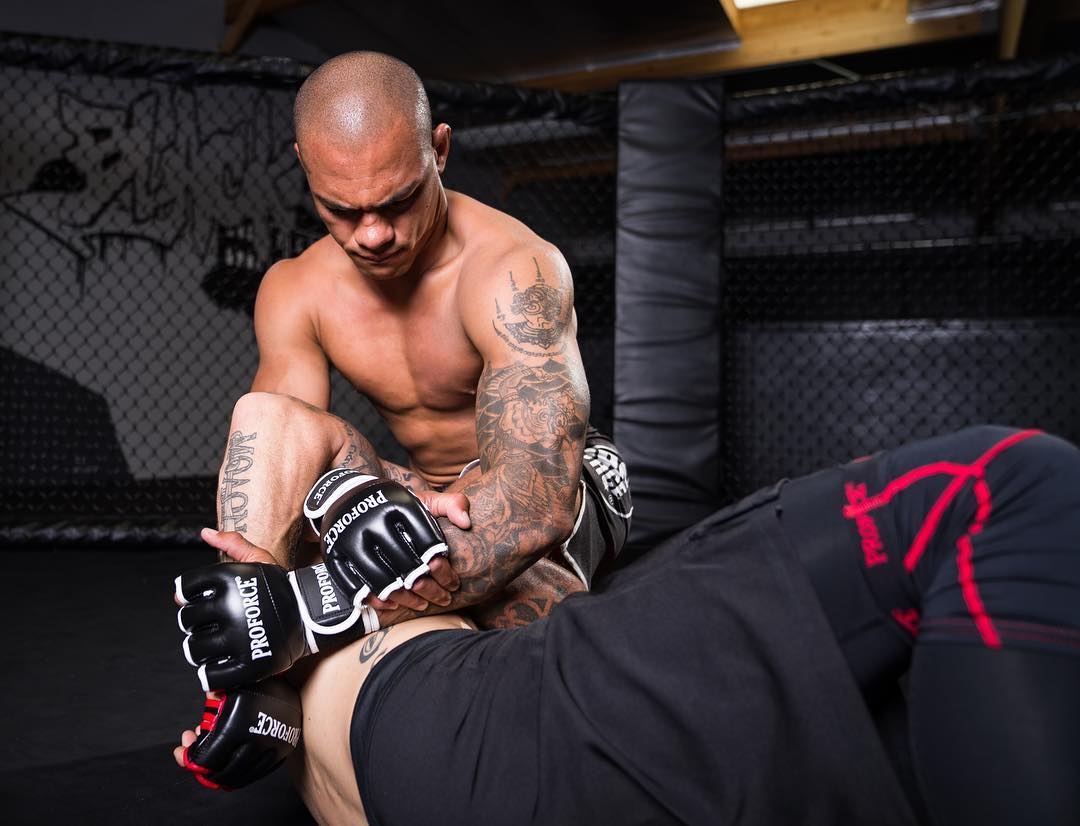
We’ve talked a lot about cross-training on this blog.
We’ve looked at the different types of exercise that make for good cross-training for martial arts. We’ve looked at how martial arts can make great cross-training for other sports. We’ve looked at what kind of strength training exercises can be included in a cross-training workout for MMA fighters and what core exercises can benefit Judo and Brazilian Jiu-Jitsu practitioners.
Until now, though, we haven’t addressed how cross-training can improve your performance and overall wellbeing in martial arts. So let’s start making up for that now.
First up: the grappling arts. Can cross-training make you a faster wrestler, BJJ or Judo fighter? A stronger competitor? A more powerful one? Can it help you prevent injuries and training in competition? And, if so, how does it do these things?
Here’s a breakdown of four specific ways in which cross-training can improve your fitness and how that can apply to your work as a grappler.
Agility
In terms of fitness and athletics, agility is the ability to move your body and change its direction and position quickly while maintaining control. It’s something that grapplers of all kinds require in order to quickly recognize what their opponent is doing and attack or defend accordingly. Agility is key to fast and effective takedowns, throws, sweeps, and submission attempts, as well as effective defences of all of the above.
Good wrestling, BJJ, and Judo training will already include a certain amount of agility work, with specific agility drills (like sit outs, arm bar drills, and turtle hop training drills). Grappling sparring, by its very nature, will also improve your agility.
If you’re looking for even more of an edge in this area, though, you have a number of options. Any multi-directional movement that you perform in strength and conditioning training will help to improve your agility, as will light plyometric work like burpees and side shuffles. If you’re really interested in taking your agility training to the next level, you can also add specific agility exercises with equipment like a reaction ball or an agility ladder (as seen in the video above) to your cross-training routine.
Balance
For fitness purposes, balance is defined as the ability to stay in control of your body movement either statically (in one position without movement) or dynamically (any movement that takes your body out of its support base). In grappling, we rely on balance to keep us on our feet when our opponents try to throw us or take us down. It’s also what helps us to maintain our position on the ground to avoid sweeps or any other attacks that threaten to throw us off kilter.
Developing and maintaining good balance isn’t just about improving our performance as grapplers, though. Having good dynamic balance (aka being able to maintain control of your body as you move and are moved through the various positions that happen over the course of a wrestling, BJJ, or Judo match) is integral to keeping yourself safe and protected and preventing injuries over the course of your training.
Any unilateral work that you do in a strength and conditioning workout, like lunges and single leg deadlifts, will help to improve your balance. So do moves done on equipment designed for balance work like wobble boards and stability balls. Mind/body fitness methods like yoga and Pilates also place an emphasis on balance in their programming. For even more of an edge, you can look into balance training designed specifically for grapplers, like the moves seen in the video above.
Endurance
Endurance, in terms of athletics, is your ability maintain the level of activity that is required for your specific sport both in terms of muscular and cardiovascular fitness. For grappling purposes, this means that you are able to maintain a certain level of performance for the entirely of a match or training session.
Anyone who has ever participated in even a single sparring, rolling, or randori session knows that this is no easy task for grapplers. Wrestling, BJJ, and Judo are incredibly intense arts that make constant demands on both your muscular and cardiovascular systems, and being able to have endurance in them requires a very high level of physical fitness.
The good news is that training, sparring, and competing don’t just require endurance, they also develop it. In fact, many wrestling, BJJ, and Judo experts believe that this is the only endurance exercise that you need to do to improve your game. If you’re interested in adding some extra work to this equation, though, you have some options to choose from. Not all forms of endurance training have perfect applications to martial arts (the jury is still out on how effective something like long distance running can be for fighters, for example) but a solid strength and conditioning program developed to test your full body over a longer period of time, like the simple but powerful workout in the video above, can have excellent benefits for grapplers.
Flexibility
In fitness, flexibility refers to the range of motion in your joints, and the ability of those joints to move freely
This is incredibly important to grapplers for two reasons. First, and most obviously, having a solid range of motion in your hips, shoulders, and spine makes you a better grappler who can more effectively move your entire body to control positions, execute attacks and even defend against submissions. And good guard work is impossible without a decent range of motion in your hips.
Secondly, being able to move your joints through a good range of motion with control will also protect your health and wellbeing over the long term, preventing injuries during training and also making you feel much better during your time off the mats.
Given its importance, flexibility training is already a core component of most warmups in grappling lessons. But if you’re looking to improve this aspect of your fitness during your time away from the mats, a solid program made up of both dynamic and static stretches can do wonders for your performance and your health. Yoga and Pilates — particularly yoga and Pilates workouts that have been put together with martial artists in mind — are also excellent forms of training to help you reach your flexibility goals.




